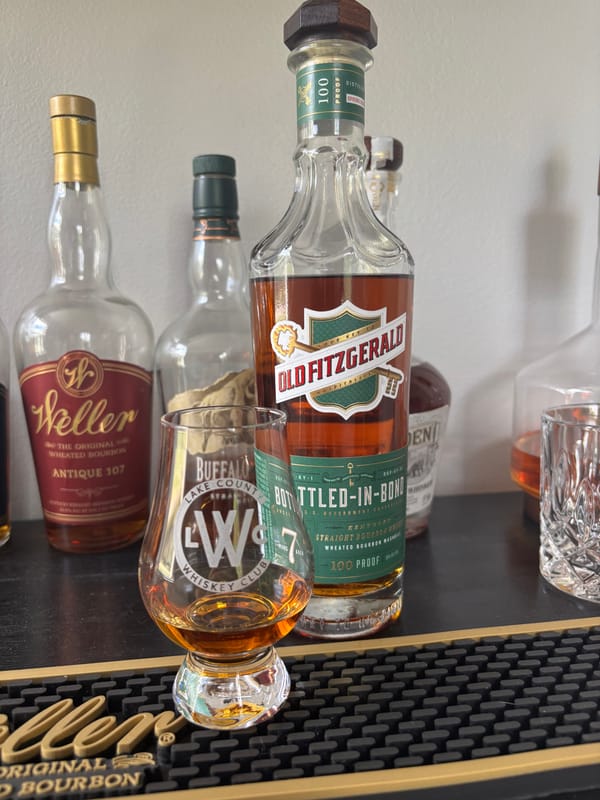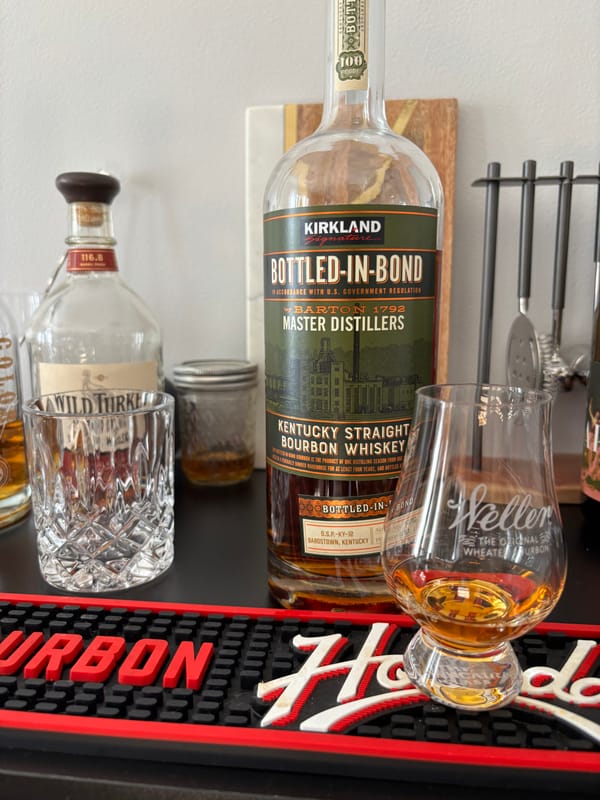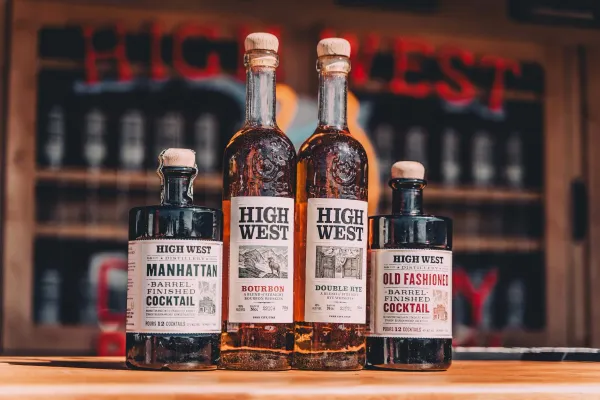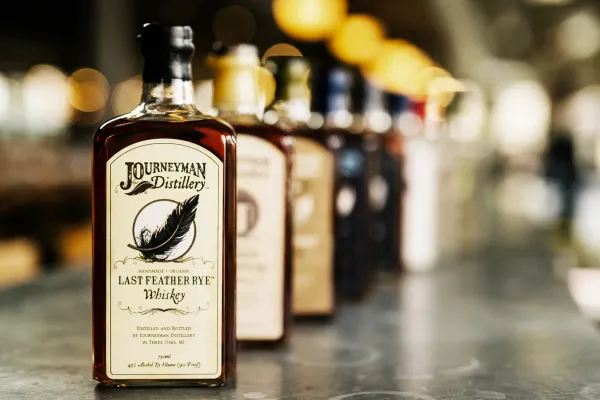Whiskey Water Treatment Processes Truth: The Purity You’ll Wish You’d Valued Sooner

Water Treatment Processes: The Whiskey Purity You Can’t Dodge
Water treatment processes in whiskey production aren’t just filtration. They’re the essential purification steps that ensure water’s cleanliness, critical for flavor integrity. If you don’t know these processes, you’re missing the purity that perfects every bottle. For whiskey enthusiasts curious about production, this is the pure truth about whiskey water treatment processes, grounded in legal standards and science, and a 2025 must-know.
What Are Water Treatment Processes?
U.S. law requires whiskey (bourbon, rye, etc.) to use water in mashing, fermentation (8-10% ABV in three to five days), distillation (160 proof max), and dilution to 80 proof minimum, with purity ensured through treatment. Scotch and Irish whiskey (Scotch Whisky Regulations 2009, Irish Whiskey Act 1980) follow similar standards. Treatment includes filtration (carbon or sand), reverse osmosis, or UV sterilization to remove impurities like minerals or bacteria, preserving flavors like corn’s sweetness or barley’s malt in whiskeys aged two-plus years in climates like Kentucky (20-100°F).
How Water Treatment Shapes Whiskey
Carbon filtration in bourbon production removes organic compounds, ensuring limestone water enhances corn’s caramel notes during mashing at 180-200°F. Reverse osmosis for Scotch purifies spring water, maintaining malty clarity post-aging in Scotland’s climate (40-65°F) for three-plus years. UV sterilization prevents microbial growth in Irish whiskey’s soft water, protecting fruity pot still profiles. Untreated water risks off-flavors, with legal standards mandating purity to ensure flavor consistency and safety for whiskeys at 80-120 proof post-aging (four to eight years).
Why Water Treatment Matters for Your Sip
A bourbon at 80 proof, with treated water, delivers clean toffee warmth, while a Scotch at 86 proof, from purified sources, offers pristine malt, per legal standards. Impure water taints flavor. Every sip reflects treatment’s purifying role, making your next bottle a clear expression of its purity.
Why Water Treatment Processes Matter in 2025
Water treatment processes are whiskey’s purity foundation. By 2025, understanding these standards could make every sip a vibrant taste of untainted craft, from sweet to complex. It’s the truth in the purity, so don’t miss the clean.
Check out NEAT: Whiskey Finder—it’ll help you track down bourbon and whiskey near you.





